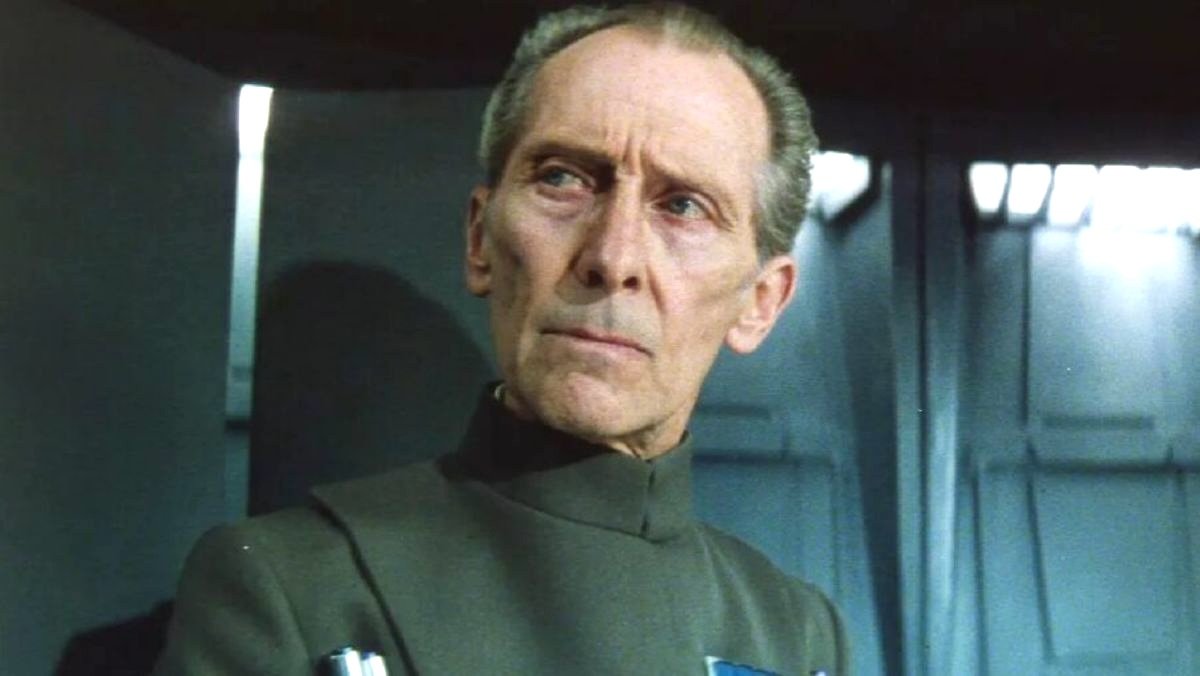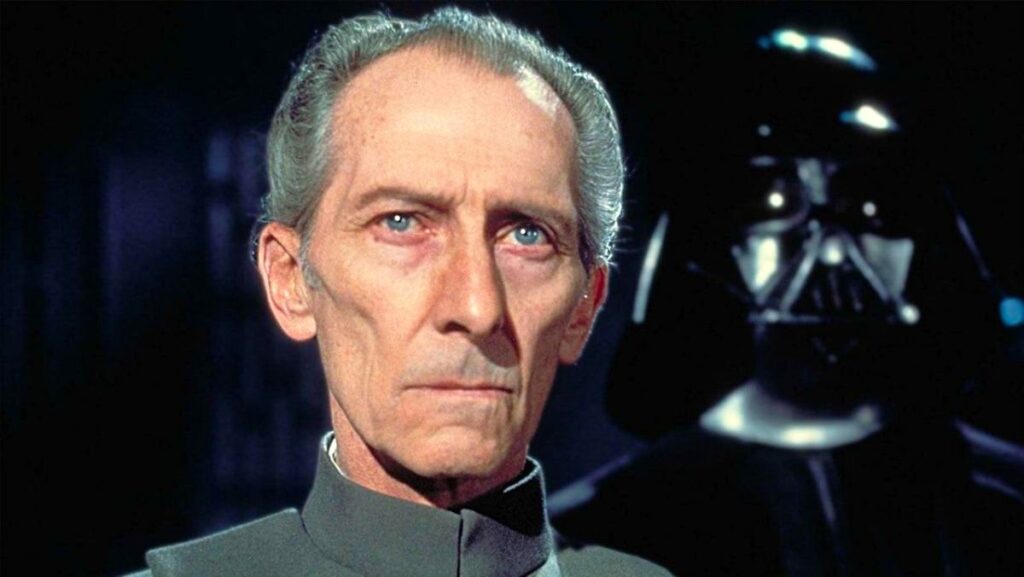The issue of recreating the likenesses of dead actors is certainly one that is on the minds of many in the entertainment industry. In the most recent Alien: Romulus movie, for instance, the digital recreation of Ian Holm caused quite a bit of controversy. As AI becomes increasingly popular and technology improves, the idea that actors could be resurrected digitally for complex scenes has become a practical reality. Of course, given the newness of this particular ability, the legal practicalities are still catching up. And now, it seems a new court case regarding a familiar instance of likeness recreation is set to address the issue. Film producer Kevin Francis is suing Lucasfilm (and, by proxy, Disney) over the reproduction of Peter Cushing’s image in Star Wars: A Rogue One Story. In the film, the deceased actor was digitally resurrected to take a post-humous turn as Grand Moff Tarkin.
Here are the details of the case. Kevin Francis, an old friend of Peter Cushing, claims to have a signed agreement from Cushing in which “the actor agreed not to grant permission for anyone to reproduce his appearance through special effects without his [Francis’] authorization.” As such, Francis is suing Lucasfilm and Lunak Heavy Industries (UK) for “unjust enrichment” and is seeking less than £500,000.
According to a report from The Times, Peter Cushing signed an agreement that states he would not allow his image to be used without Francis’s permission in 1993. The pair were working on a TV movie called A Heritage of Horror, which it seems never got made.
Although this all seems to be a bit extraordinary, Disney could not successfully have the case over Peter Cushing’s recreation in Rogue One dismissed by the High Court in London. A judge, Master Francesca Kaye, originally rejected Disney’s petition to have the case dismissed last year. And though Disney appealed, Judge Tom Mitcheson upheld the original ruling this week. He noted that he was “far from persuaded” that Francis would emerge victorious in the case. However, Judge Mitcheson also revealed, “I am also not persuaded that the case is unarguable to the standard required to give summary judgment or to strike it out” and additionally, wisely remarked, “In an area of developing law it is very difficult to decide where the boundaries might lie in the absence of a full factual enquiry.” And so it seems this legal suit over Peter Cushing’s CGI recreation in Rogue One will continue.

For its part, Disney/Lucasfilm claims that it does have the right to reproduce Cushing’s CGI image and digital likeness/appearance in its properties. The report notes, “The Disney companies claim they did not believe permission was required to recreate Cushing because of the terms of his contract in the original film and the nature of the special effects.” Additionally, Disney paid around £28,000 to Cushing’s estate for the use of his image in Rogue One. As such, Disney notes there is no “unjust enrichment” at hand. And that instead, Disney is the “bona fide purchaser for value” for the rights to Cushing’s likeness and digital resurrection.
Of course, how one can judge the worth, cost, and ownership of dead person’s image is quite a complex question. But we’ll cross our fingers that as time goes on, there will be clearer pathways to establish this in the law, ones that respect the humanity of those who have passed away. The California senate recently passed a law requiring consent “for the use of dead performers’ likenesses for AI-created digital replicas.” And we can only hope to see more legal precedents established on such matters. For now, we’ll have to wait and see what happens with his lawsuit over Peter Cushing in Star Wars: A Rogue One Story and how it might impact future cases.

